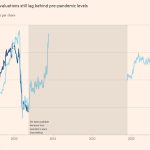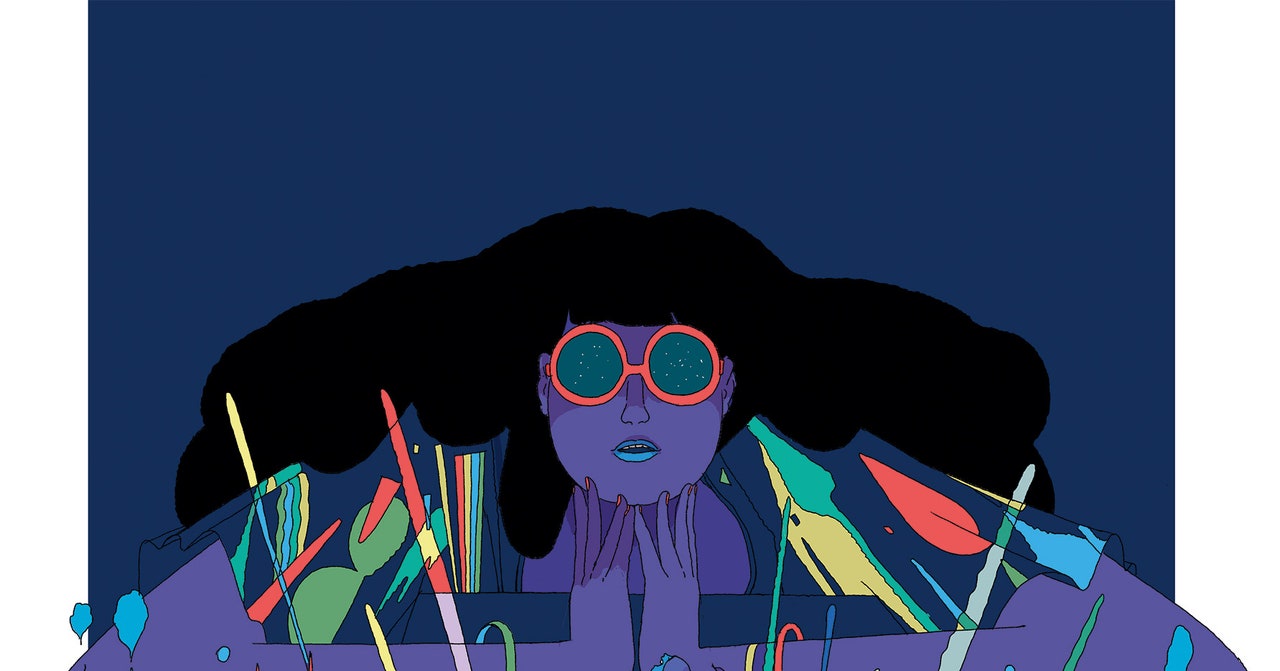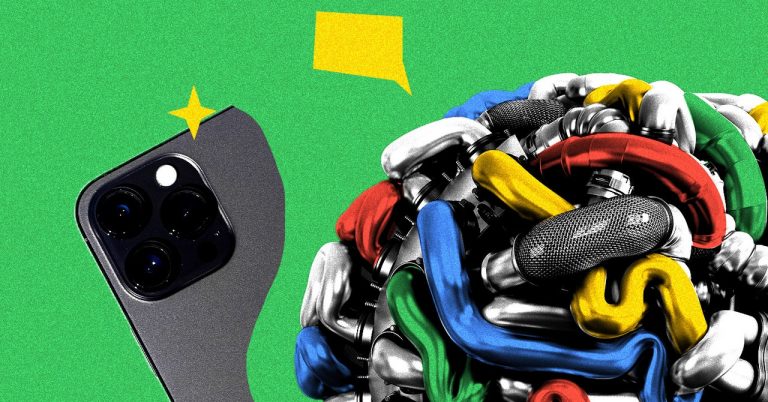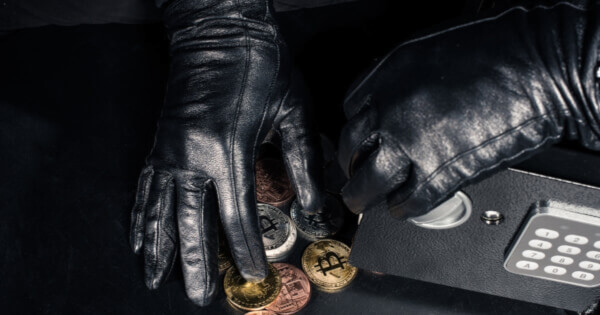“You can have it the world’s best idea, but if it doesn’t fit on the back of a truck then it’s a nonstarter,” says Ray Winkler, who’s been loading ideas onto the backs of trucks for close to 30 years now.
Winkler is the CEO of Stufish, where he leads a team of architects who take designs for mind-blowing stage sets from drawing boards to concert halls and stadiums all over the world. He’s showing WIRED around the company’s central London office/workshop/studio—it’s littered with plastic scale models; a highlights reel of some of the biggest bashes in recent memory.
There’s the Union Jack–streaked set for the Coronation Concert and a mini troupe of dancers tiered up the steps for Beyoncé’s 2018 Coachella slot. Across the room, a balsa prototype of the iconic, spiderlike rigging used on U2’s 360° tour leans off an easel spattered with inky sketches. That tour, which ran from 2009 to 2011, held the title of the highest-grossing jaunt in history for a decade. In 2023, Elton John’s epic five-year farewell took the top spot. And the model for that stage—a burnished gold frame, embossed with the hallmarks of the Rocket Man’s long career—is here too.
Winkler opens another door, revealing a batch of 3D printers hard at work (they run 24 hours a day). “This has become my obsession,” he says, fizzing with the enthusiasm of a kid unwrapping their first Meccano set. The days when models were painstakingly constructed by hand don’t seem that long ago. “It was a bit of a faff,” says Winkler. “You were basically sitting in a room sniffing glue all day.” These days, as well as plastic, the team uses 3D digital re-creations to put artists on stage months in advance of the real thing. But these are not the gadgets Winkler wants to talk about today. “It’s this,” he says, gesturing to the smartphone in his hand.
The swaying field of little screens that typifies crowds at a modern stadium show means that firms such as Stufish are now designing sets not just for the thousands that might pack out Wembley Stadium or the O2 Arena, but the potential millions—if not billions—waiting to experience it vicariously on TikTok and Instagram. Winkler and his team had to think about what the stage looks from a grassy patch 60 yards away, with the view partially obscured by a tall guy in front of you—but now they factor in how it might look once it’s been pinged across the web onto a smartphone screen a foot from someone’s face.
“Every single person in that stadium has a slightly different point of view, and every single one of them is the curator of the content that they are about to share with the rest of the world. Any show is basically judged by the moment that somebody hits the Send button on the picture that they took a millisecond before that,” says Winkler. “So you have to make sure that what it is that they point their camera at will look good—on camera.” In the industry they call this the Instagram Moment. And far from the perfectionism associated with the photo-sharing app, the Instagram Moment has to work “in some of the most unflattering conditions.” People are not good at taking photos at concerts.













+ There are no comments
Add yours